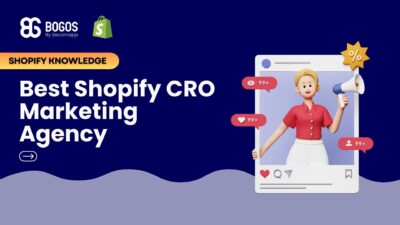
Hiring a Shopify CRO Agency: 7 Experts Worth Your Budget
If you are heading into 2026 planning bigger campaigns, now is the right time to tighten your onsite conversion....
Digital Marketing Specialist
According to Shopify, there are more than 4.4 million active global stores on this platform. This means the e-commerce market is highly competitive, especially for new business owners.
If you want your online shop to stand out among these competitors, you must tailor a Shopify upsell funnel that suits your business needs and target customers. A funnel is often well-designed to follow a customer journey, taking care of them in every stage.
A dedicated upsell funnel on Shopify will definitely boost your conversion rate and generate more sales. That is why you should learn how to create and customize a funnel in this article, which involves a lot of strategies and practices.
A Shopify upsell funnel is a strategic procedure to boost conversion rates and increase the average order value.
Implementing a funnel means encouraging customers to buy additional or higher-value items when they shop. It usually involves a series of stages and practices to showcase complementary products, add-ons, or upgrades at multiple stages of the customer journey.
Here are the common steps you can utilize in an upsell funnel on Shopify:
We will guide you on creating a seamless, high-functioning funnel later in this article.
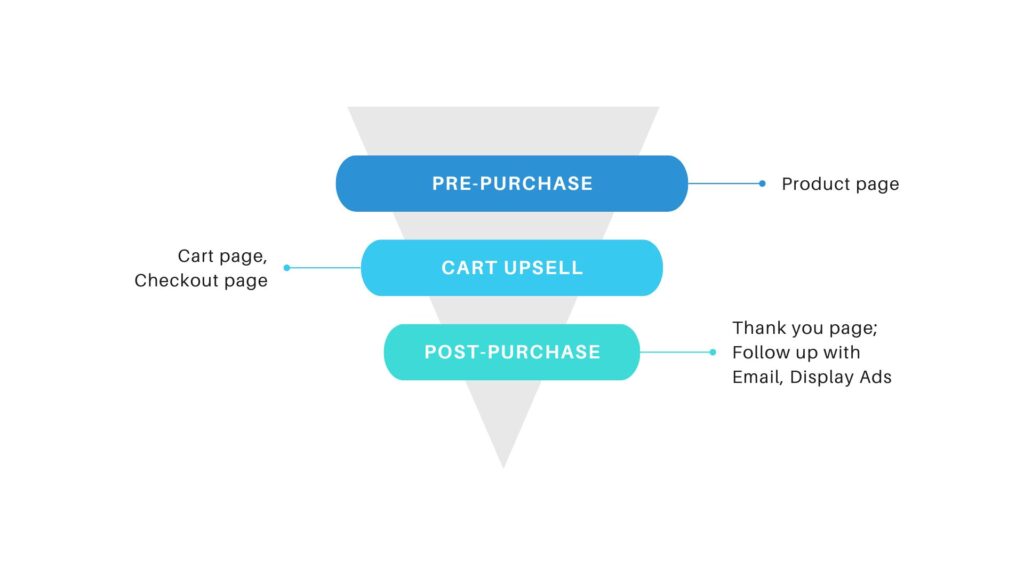
Creating a Shopify upsell funnel is simple, but maximizing its effectiveness requires particular tactics and techniques. Here is our comprehensive guide on crucial steps to take in this process.
First, go through your product catalog. Find items that are naturally complementary or can be upgraded. For example, when your buyer is buying a pair of headphones, suggest a more advanced model with better features.
Our tips for selecting key products for upselling on Shopify include these categories:
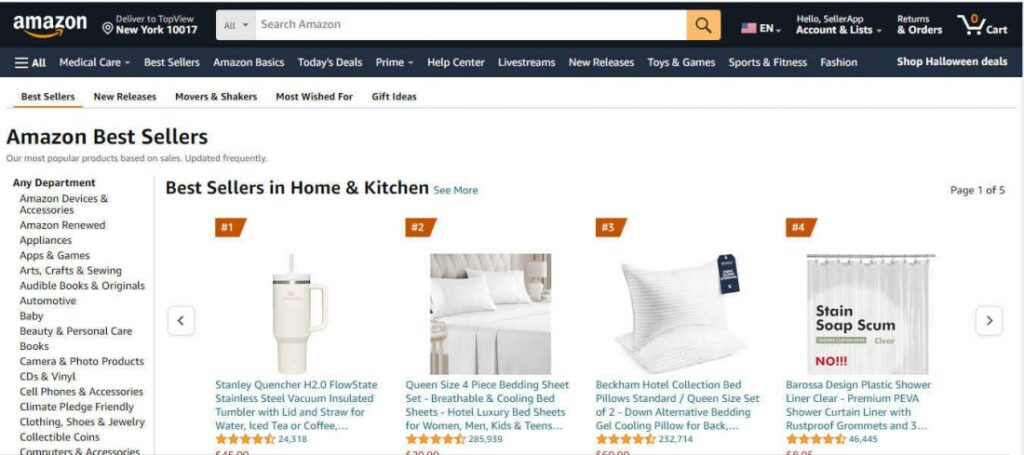
Can these products be combined into your promotions? You can create discounted bundles or use cross-selling suggestions to sell all these categories at once.
If you want to automate this step, try using Shopify Analytics. It uses an online cart store analysis to automatically find frequently bought together products in your store, reducing manual time and work.
Moreover, research your customer purchase behavior in the system to better target customers. Customer data will help you understand their preferences and common purchase patterns.
As potential customers browse your online store, you must drive their attention to existing promotions. The most common pre-purchase upsell locations are on product pages.
Other than that, consider using product add-on sections and in-page banners to highlight your special offers. Make them clearly visible and visually appealing to attract potential buyers.
For example:
Pop-ups are well-timed windows that automatically show up when a customer browses your website to offer upsell deals.
BOGOS is a highly recommended third-party app for creating upsell pop-ups on your site. It allows you to display a pop-up confirming the addition and suggesting relevant upsell and cross-sell products after customers add an item to their cart.
This increases the average order value by motivating customers to add complementary items or upgrade their purchase with just a few clicks.
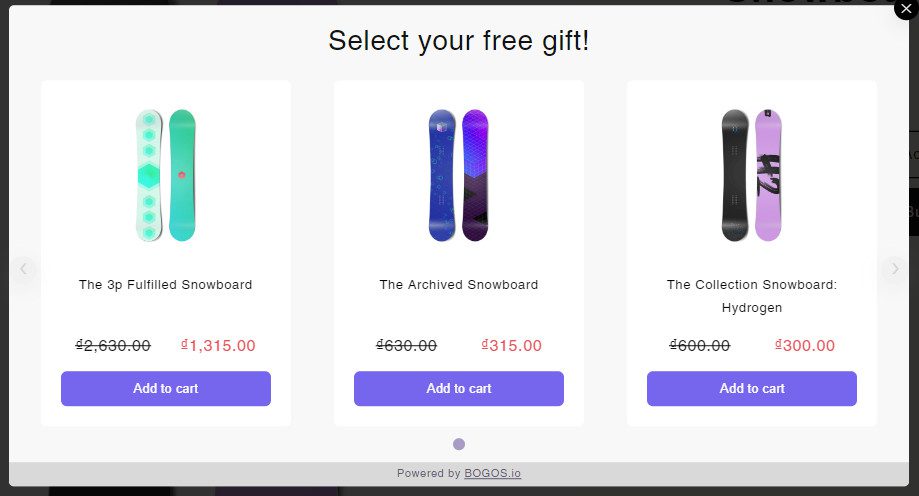
Product add-ons upselling are widgets that come in many different titles, such as “Frequently bought together” or “You might also like,” recommending related items to the purchase.
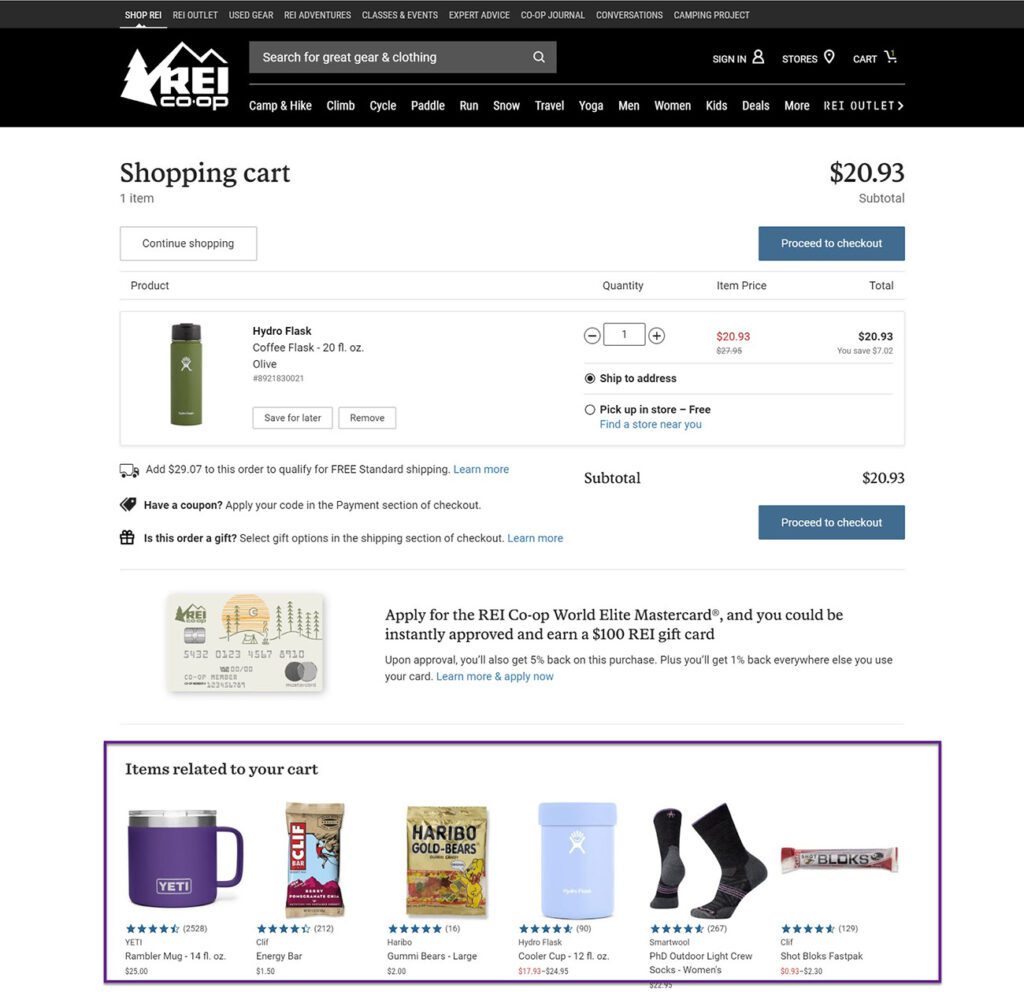
Feel free to set up promotional banners anywhere on your website, but the most popular locations are the homepage and product pages to highlight special offers.
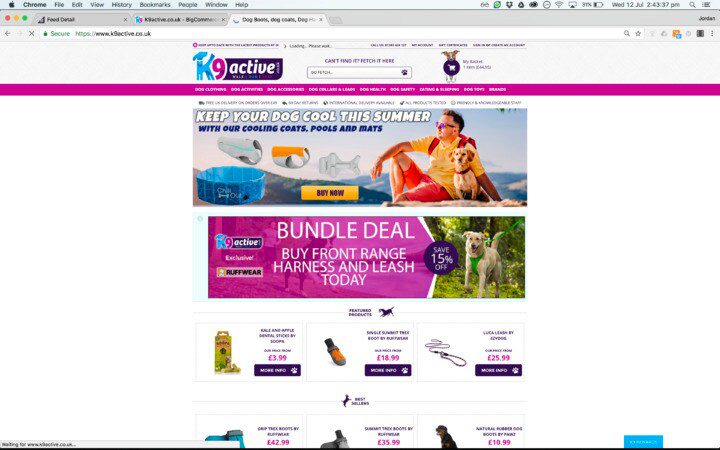
When customers reach this stage of the upselling funnel, they are most likely to buy your goods.
Your job now is to highlight your upsell practices. They can be single complementary goods or a well-rounded solution in the form of product bundles or kits.
At this point, we recommend 2 effective upsell locations, including the cart page & cart drawer upselling and checkout page upselling.
Customers are directed to a cart page to review their order again before checking out. This is a great opportunity to recommend related products for them to add to the cart.
At checkout, customers need to fill in their payment information. You can try upselling complementary items that automatically go into their purchase without repeating the whole process.
Common assets for displaying these offers on your website are pop-ups, banners, and product add-on sections in different locations. A countdown timer or progressing bar helps emphasize the urgency and motivate quick purchase decisions.
Generally, it depends on the items added to the cart since you will suggest related products to enhance their value. Customers will consider buying more (for a discount) before proceeding to checkout.
Read more: Shopify Upsell At Checkout: Proven Strategies to Improve Sales
Completing a purchase is not the end of the customer journey. Merchants should retain buyers afterward by upselling additional products or providing future discounts.
The main purpose of post-purchase upsell is to trigger repeat purchases from existing customers. We advise using thank-you pages, one-click upsells, and follow-up emails.
After the customer finalizes their purchase, they will be redirected to a thank you page. Upselling with a thank you page should include attractive upsell recommendations with clear CTAs (call-to-actions) like “Buy now” or “Add to cart.”
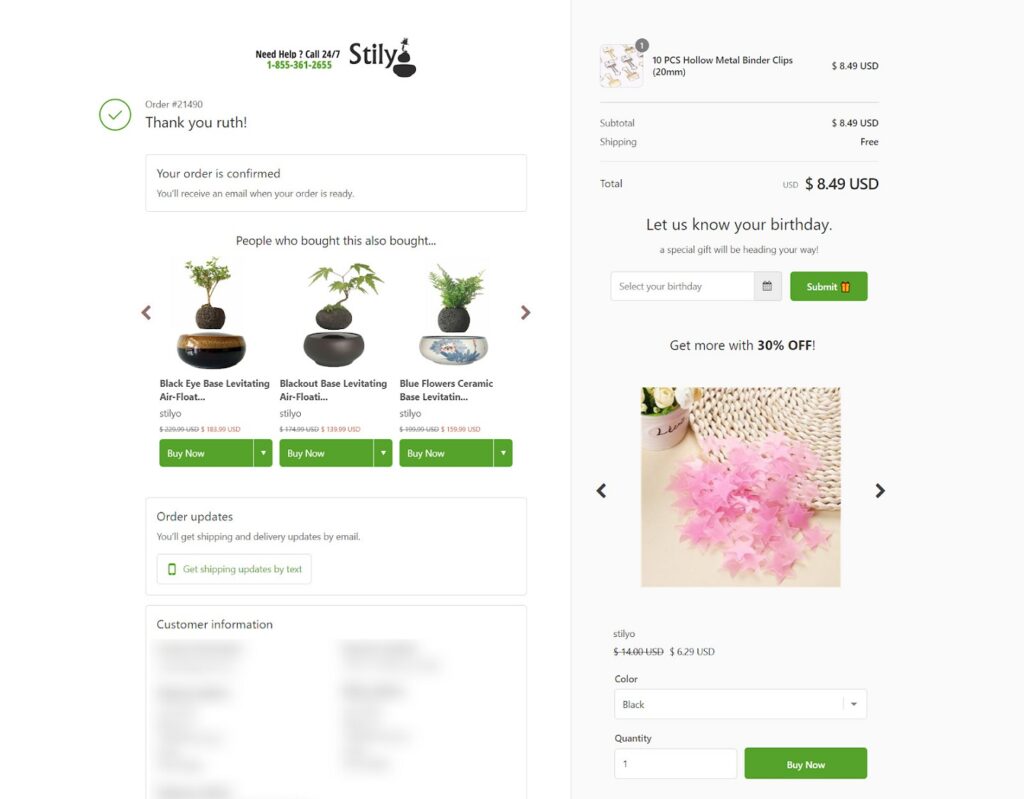
The Shopify one-click add-to-cart upsell brings extra convenience for customers as it automates their experience. When a buyer accepts your upsell offers, they can have the products ready in their cart and head straight to checkout without entering payment information.
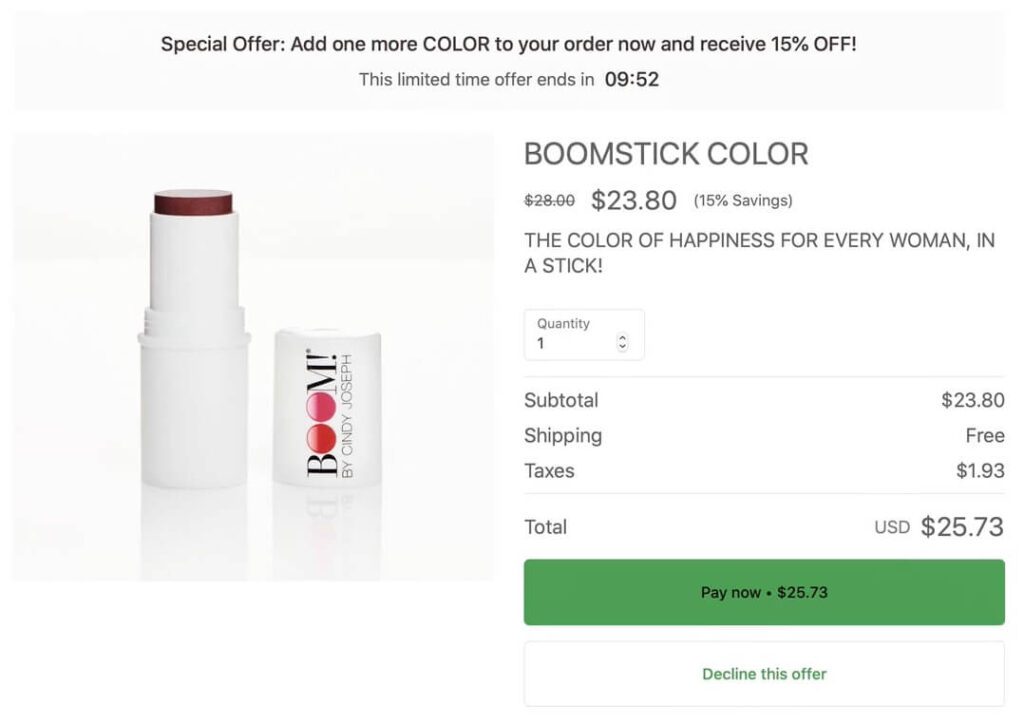
Follow-up emails or SMSs are a part of customer retention, as you suggest other items they might be interested in or give them discount codes to encourage continuous purchases.
Make sure your offers (e.g., product recommendations, free gifts, discount codes, etc.) are appealing enough for them to come back.
Additionally, consider the power of confirmation emails or SMS. They can effectively include promotions and keep people returning to shop next time.
Remember that getting new buyers is a solid goal, but so is retaining current ones for long-term relationships.
Although you can initiate upsell practices in various funnel stages, not all will work for your business. This is also a careful way to avoid overwhelming customers with too many offers.
You should test different offers in 2 to 3 strategic locations to find the highly converted ones.
After gaining data from their performances, analyze them to monitor your upsell funnel and identify areas to improve. Then, continuously adjust your promotions based on data insights and customer feedback.
Intentional experiments and regular refinement will improve the effectiveness of your funnel, resulting in higher conversion rates.
Here is an example of a Shopify upsell funnel in the fashion industry, upselling online customers with complementary products.
Step 1: Select products
Alex runs an online boutique on Shopify that sells fashion items.
A customer, Janet, visits his store and browses through summer dresses. She finds a pretty floral dress she likes and adds it to her cart.
Step 2: Upsell pop-up on the product page
When Janet clicks on that dress, a pop-up automatically appears. It showcases a pair of sunglasses and a matching summer hat.
The pop-up delivers a message, “Complete your summer look with these accessories! Add the sunglasses and hat to your order and save 20%.”
Step 3: Add to cart
Janet adds the dress to her cart. She then sees another upsell offer on the cart page: Upgrade your shopping experience with our VIP package! For only $20 more, enjoy a 20% discount on your next purchase and expedited shipping.”
Step 4: Checkout page
As Janet proceeds to the checkout page, a final deal appears before she completes her purchase, “Don’t miss out on our exclusive jewelry set at 25% off! The perfect addition to your summer outfit.”
Step 5: Post-purchase upsell
After Janet completes her order, she receives an email thanking her for the purchase. The email comes with another offer: “Thank you for your purchase! Get 10% off for the next order if you buy within the next 7 days!”
Outcome:
Janet is intrigued by the customized suggestions and adds the sunglasses and summer hat to her cart. She also subscribes to the VIP package for future discounts and expedited shipping.
Finally, the post-purchase email encourages her to return soon and use the extra discount, building customer loyalty.
The most effective way to initiate a Shopify upsell funnel is through Shopify upselling apps. Shopify’s native settings are helpful, but they cannot support complex features and discount conditions.
Take a look at our software recommendations.
The first solution to build a Shopify upsell funnel is ReConvert. You can motivate buyers to spend more money with effective checkout and post-purchase upsell funnels, boosting AOV and customer retention.
This app is known for its user-friendly design, which includes a simple drag-and-drop editor. It enables merchants to easily build upsell strategies, such as bundle upsell, cross-sell, one-click upsell, etc.
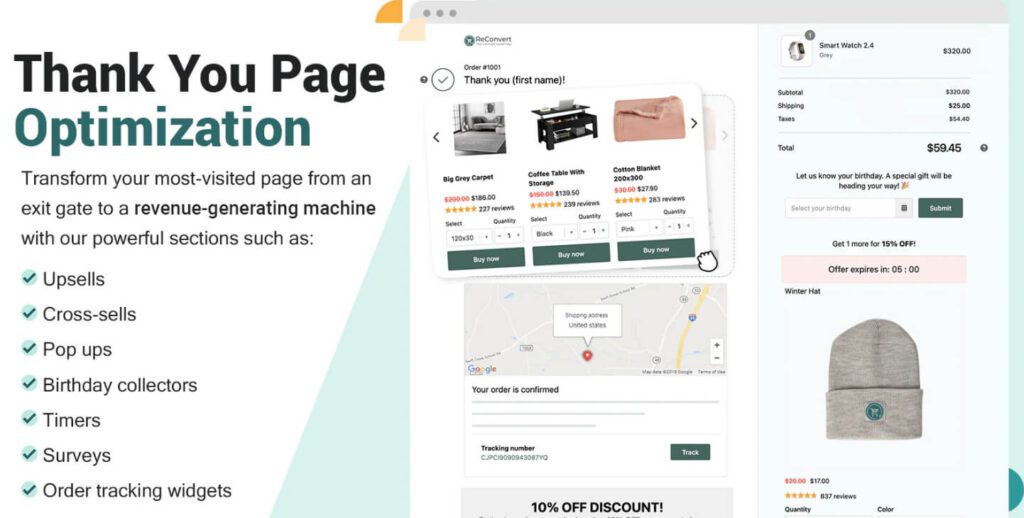
Shopify rating: 4.9/5
Customer support: Documentation, FAQ, live chat
Pricing: Free; $4.99 to $14.99 per month
While Reconvert is a great all-in-one upselling app for Shopify, BOGOS provides a fantastic alternative for upselling through cart discounts. With BOGOS, you can easily create dynamic promotions that automatically apply discounts based on the items your customers add to their carts, motivating them to include more products to unlock the discount. Plus, BOGOS can offer discounts on specific upsell products tailored to what your customer has already chosen, making the shopping experience even more personalized and enticing.
This strategy not only increases the average order value but also enhances the overall shopping experience by providing attractive incentives to customers. Additionally, BOGOS provides advanced features like multi-promotion management and priority settings, ensuring a seamless and effective upselling process.
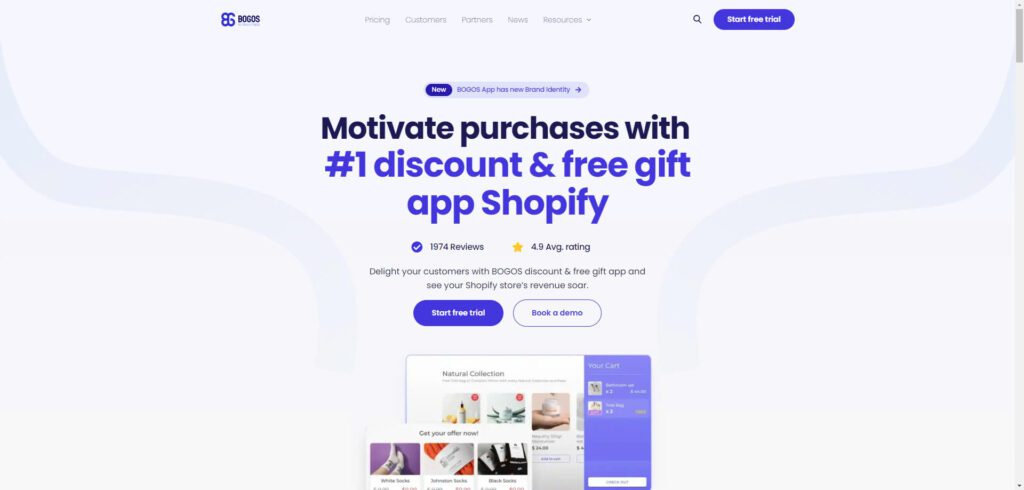
Pricing:
Reviews:
Customer Support: BOGOS offers live chat support and a support portal. They also have a comprehensive FAQ section.
Integrations: BOGOS integrates with Checkout, Shopify POS, Subscriptions, Facebook Pixels, Headless – Hydrogen, Cart Drawers – Slide Cart, Transcy, and Gift cards.
Motivating your customers to buy additional or more expensive items can help increase the AOV of each order. Consequently, it contributes to the total revenue earned and maximizes your profitability.
The good news is your buyers are, in fact, spending more in your store but feel satisfied with the value.
Applying a Shopify upsell funnel helps improve your customer experience. With your complimentary product suggestions, they can find the complete solution in one place.
Furthermore, a funnel enhances customer loyalty and retention. If your upsell offers are relevant and valuable, they will help build trust and encourage recurring purchases.
When you provide personalized and well-timed upsell deals, they can convert browsers into paying customers. This is because you successfully showcase goods that align with their needs and interests, leading to high conversion rates.
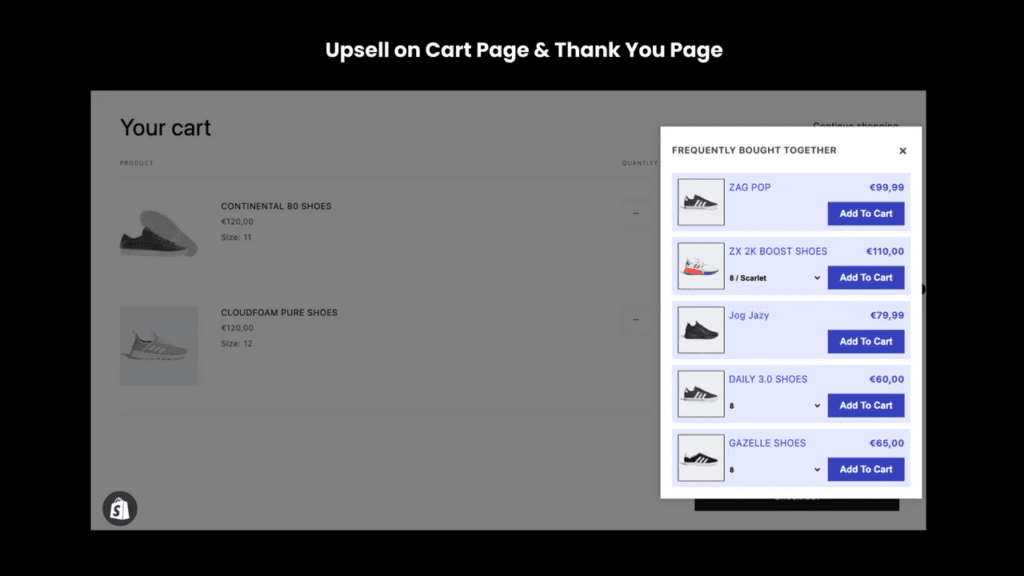
Another advantage of a Shopify upsell funnel is that it helps you manage your inventory. Find overstocked or slow-selling items and pair them with popular products to improve inventory turnover.
That way, you can optimize the stock faster than selling them individually.
When operating a Shopify upsell funnel, merchants must avoid some common pitfalls to make the most out of the customer journey.
Everybody loves shopping promotions, but not when bombarded with upsell offers. This can be annoying and overwhelming, causing your strategies to backfire.
Stick to 1 or 2 relevant deals showcased in less than 2 different locations on your website. That way, buyers can still view the offers without feeling forceful.
Upsell items for your Shopify upsell funnel should complement the main products and enhance the overall value. If you suggest extra goods that are not aligned with their main purchase, it can seem irrelevant and pushy.
Customer data is also an advantageous asset to explore.
You should suggest upsells based on what your buyers previously purchased and were interested in. AI-powered promotions without personalized input can feel out of touch.
Another problem of discount overload is the potential of eroding profit margins. Too many discounts are not profitable for your business, so ensure that these upsell discounts are sustainable and balanced.
Moreover, you should not market your store as a business that constantly comes with promotions. Not only does it devalue your goods, but it may also cause buyers always to expect discounts.
To summarize, crafting a standard Shopify upsell funnel for your store is not difficult. However, learning tips and tricks to maximize its operation requires you to research and get into actual work.
Luckily, we have collected and presented all that newbies need to know before tailoring an online funnel for upselling. Make sure you experiment with all the upsell placements to figure out the most highly converted stages.
During the process, use third-party software like Selleasy or ReConvert to help streamline your work. Remember the common mistakes you should avoid to keep your customers happy and your profit margins balanced.
Yes, all upsell offers created by third-party apps are customizable. The customization level depends on the features available in your software.
With each offer for upselling, you can personalize them based on various factors, such as product in the cart, purchase history, customer browsing behavior, and more.
A Shopify upsell funnel is optimized for both physical and digital products. As you can see, upselling for a smartphone or an online financial service is possible with a tailored funnel.
Just remember to suggest upsell products that are relevant or complementary to the original purchase.
It is easy to set up upsell promotions on your website, and customers can also decline these offers easily. Other than the “add to cart” button, most apps provide a “No, thanks” or a tab-closing X mark for buyers to continue with their current purchase.
If you subscribe to third-party upsell apps, consider the monthly or annual fees to maintain your plan. However, many offer a free trial period, so ensure you try it before committing.
Some software may also charge you based on the extra revenue generated through upsells.


If you are heading into 2026 planning bigger campaigns, now is the right time to tighten your onsite conversion....
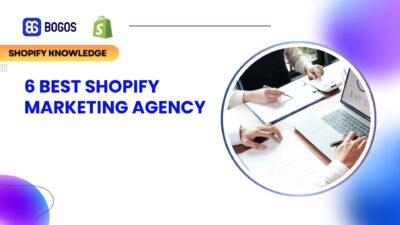
If you are serious about scaling, there comes a time when DIY fixes and late-night Googling no longer suffice....
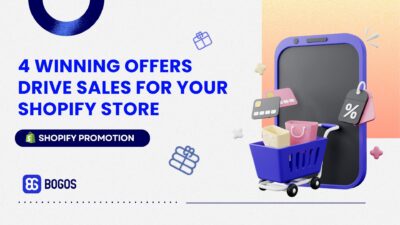
In 2025, retail eCommerce sales are estimated to exceed $3.6 trillion, with approximately 2.8 billion people worldwide making at...
